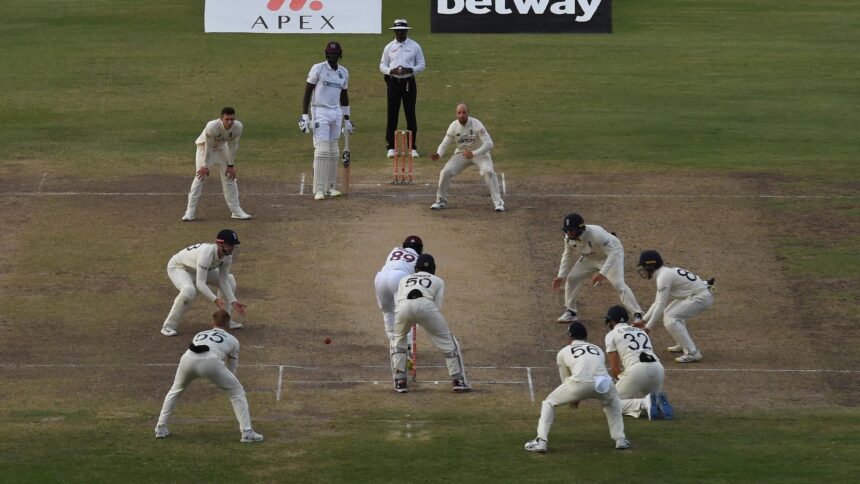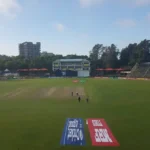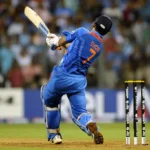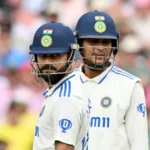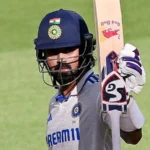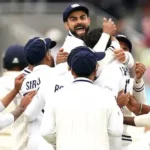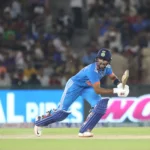Introduction
Cricket is a game of skill, strategy, and precise placement. One of the most critical aspects of cricket strategy is the use of fielding positions. Understanding the various fielding positions in cricket not only enhances a player’s tactical awareness but also improves the viewing experience for spectators. This article provides a detailed overview of the common fielding positions in cricket, their roles, and their importance in different formats of the game.
What Are Fielding Positions in Cricket?
Fielding positions in cricket refer to the specific areas on the cricket field where fielders are strategically placed to stop runs, take catches, or put pressure on the batsman. These positions vary depending on the type of bowling (fast or spin), the batsman’s handedness (right-handed or left-handed), the pitch conditions, and the game situation.
Classification of Fielding Positions
Cricket fielding positions are usually divided into two main sides:
- Off Side: The side facing the bat when a right-handed batsman takes guard.
- Leg Side (On Side): The opposite side, behind the batsman’s legs.
Key Fielding Positions and Their Roles
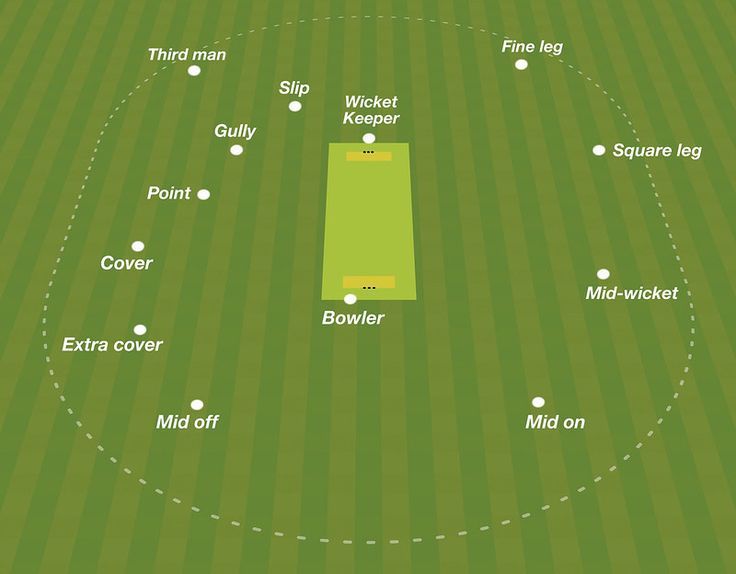
1. Slip
- Located next to the wicketkeeper on the off side.
- Primarily used in Test and First-Class cricket.
- Designed to catch edges off the bat when the ball moves off the seam.
2. Gully
- Positioned between slip and point.
- Ideal for catching squarer edges and mis-timed drives.
3. Point
- Situated square on the off side.
- A key position for stopping cut shots and catching aerial shots.
4. Cover
- Between point and mid-off.
- Intercepts cover drives and offers a chance for run-outs.
5. Mid-Off
- Located near the bowler on the off side.
- Saves straight drives and stops quick singles.
6. Mid-On
- On the leg side, mirroring mid-off.
- Plays a similar role in stopping straight drives from the leg side.
7. Square Leg
- Positioned square on the leg side.
- Important for stopping sweeps and pull shots.
8. Fine Leg
- Deep on the leg side behind the batsman.
- Key for catching hooks or saving runs from glances.
9. Third Man
- Behind the batsman on the off side near the boundary.
- Protects against edges that travel past the slips.
10. Long-Off and Long-On
- Positioned near the boundary straight down the ground.
- Used frequently in limited-overs formats to stop boundaries and take high catches.
Read Also: Harare Sports Club Pitch Report: A Complete Analysis for Cricket Enthusiasts
Advanced and Specialized Positions
- Short Leg: Very close to the batsman on the leg side, used especially in Test cricket.
- Silly Point: Close on the off side, for catching defensive pushes.
- Deep Square Leg: Positioned on the boundary square of the wicket.
- Deep Cover / Deep Mid-Wicket: Used to restrict boundary options in One Day Internationals (ODIs) and T20 matches.
Cricket Fielding Positions Diagram (Optional Visual Aid)
To fully understand these positions, visual diagrams are commonly used. These show the full 360-degree field around the batsman, with each position labeled clearly. Including a diagram can enhance understanding, especially for new fans or players.
Conclusion: Cricket Fielding Positions
Cricket Fielding Positions are an essential component of match strategy. Whether it’s placing a slip cordon for a swinging new ball or spreading the field during the final overs of a T20 match, proper field placement can be the difference between winning and losing. By understanding the function of each position, players and fans alike gain deeper insight into the tactical side of cricket.
FAQs
Q1. How many fielders are allowed outside the 30-yard circle in limited overs cricket?
In ODIs, a maximum of 5 fielders are allowed outside the 30-yard circle after the initial powerplay.
Q2. What is the role of a slip fielder?
A slip fielder is positioned to catch edges off the bat, usually against fast bowlers.
Q3. Can fielding positions change during an over?
Yes, fielding positions can be changed at any time, though certain restrictions apply in limited overs formats.



